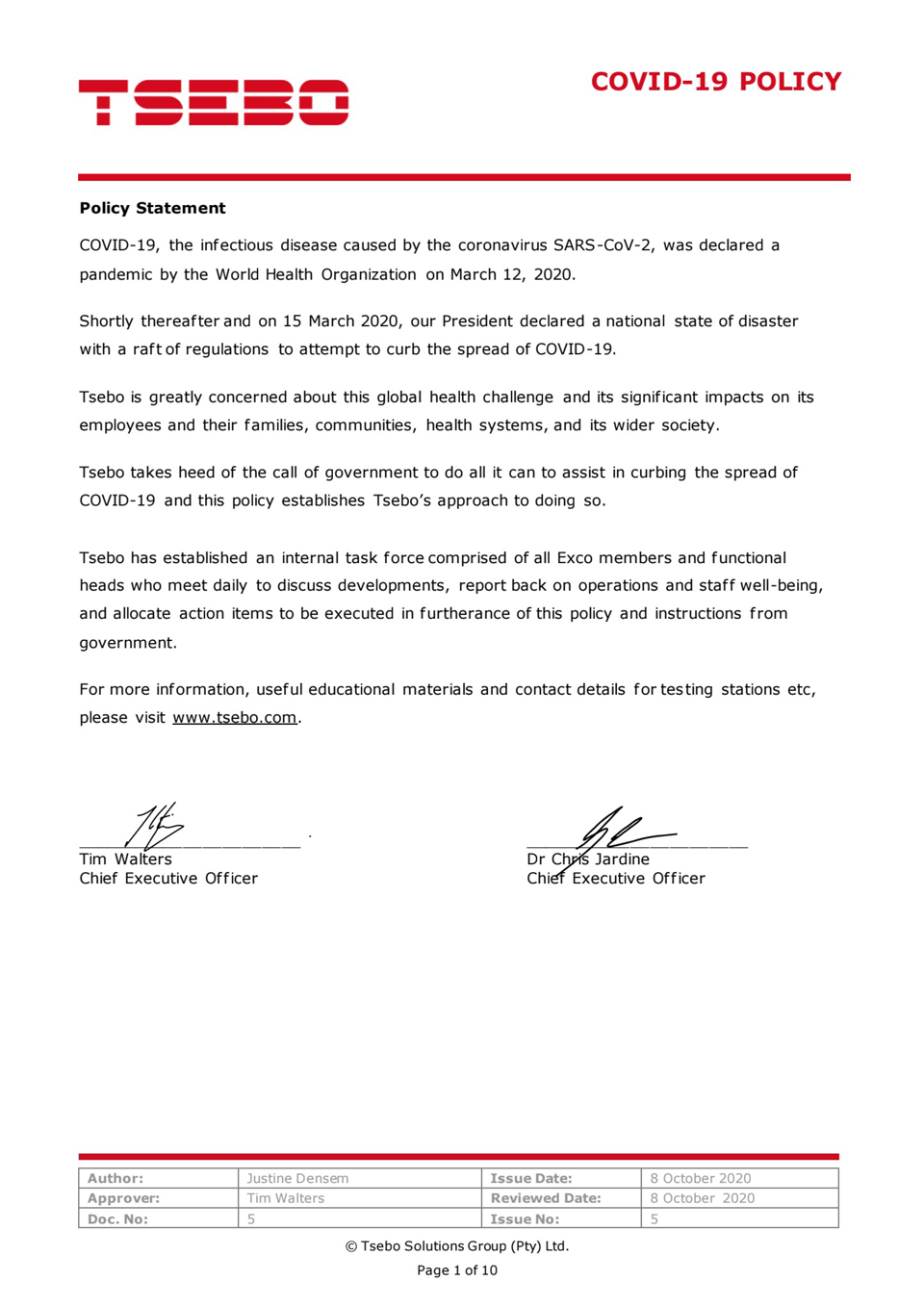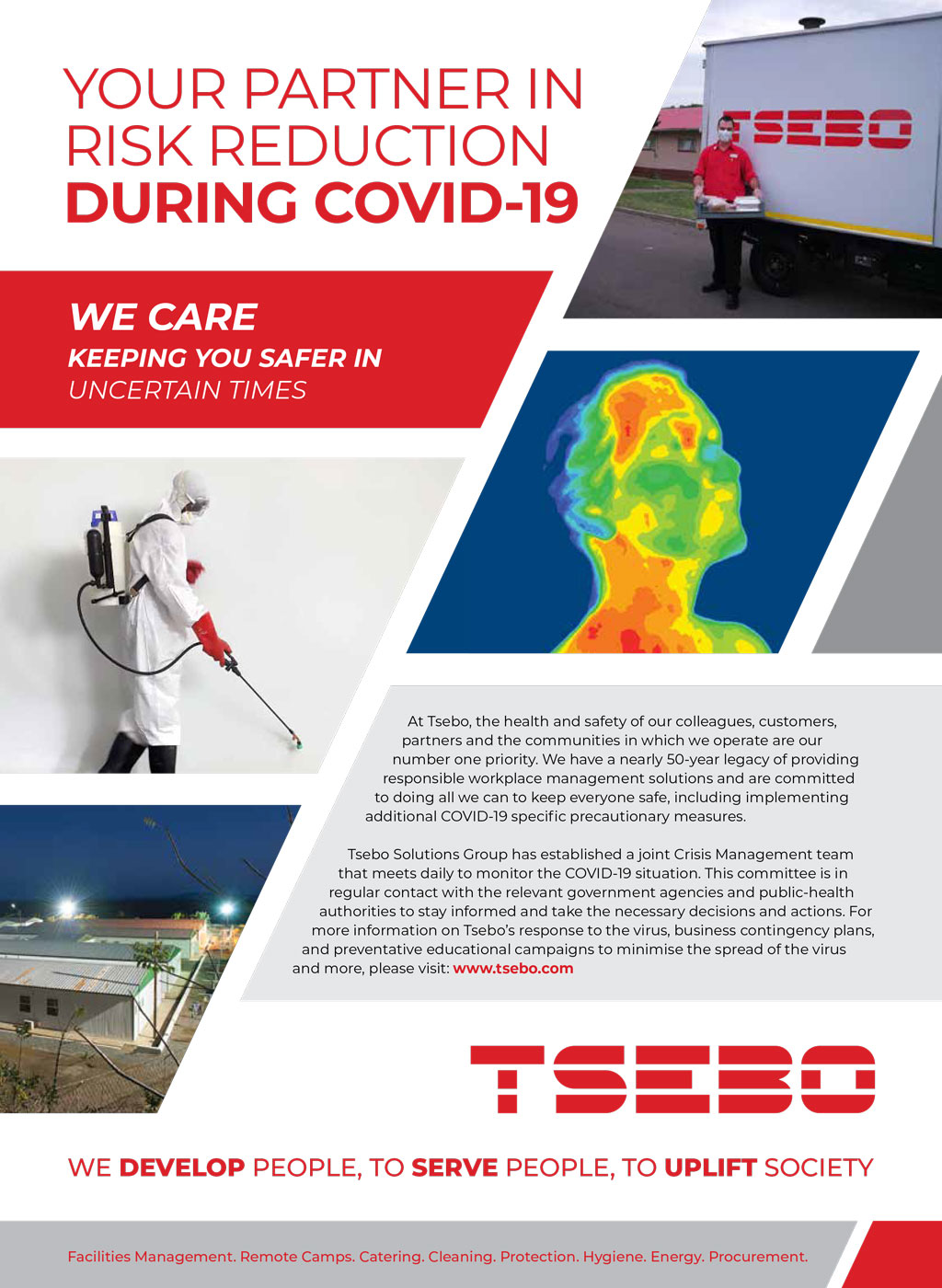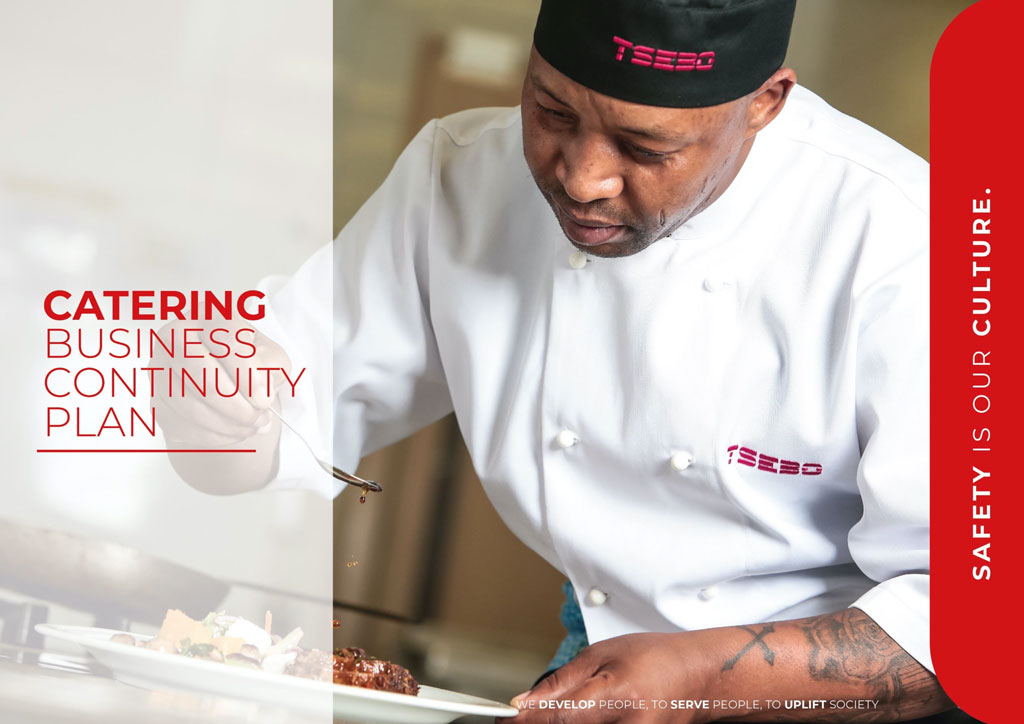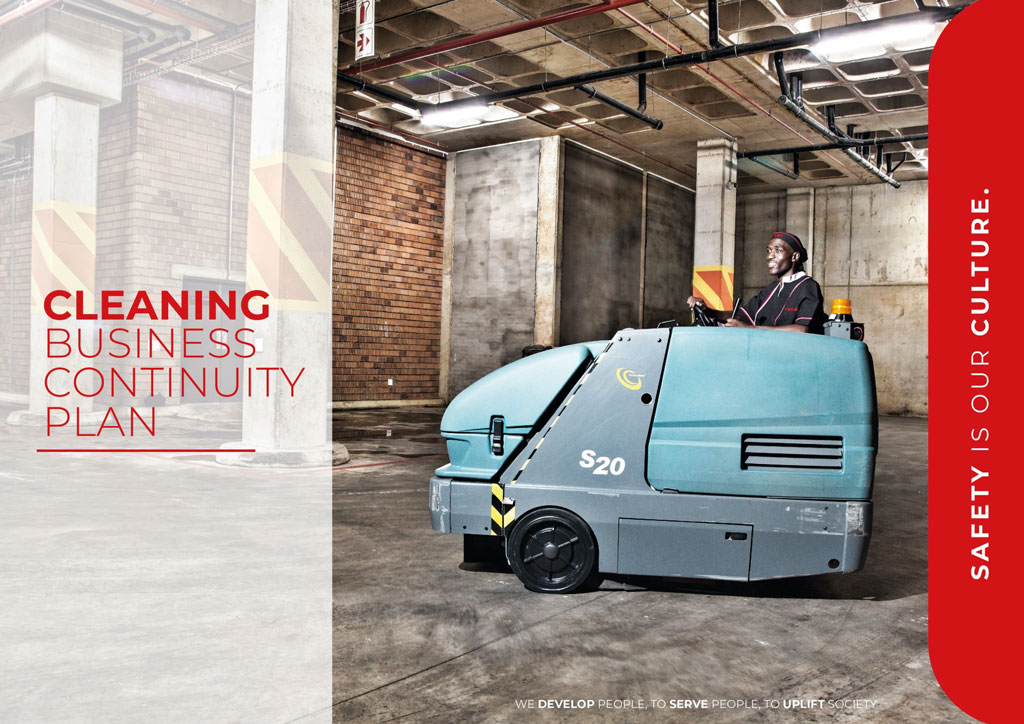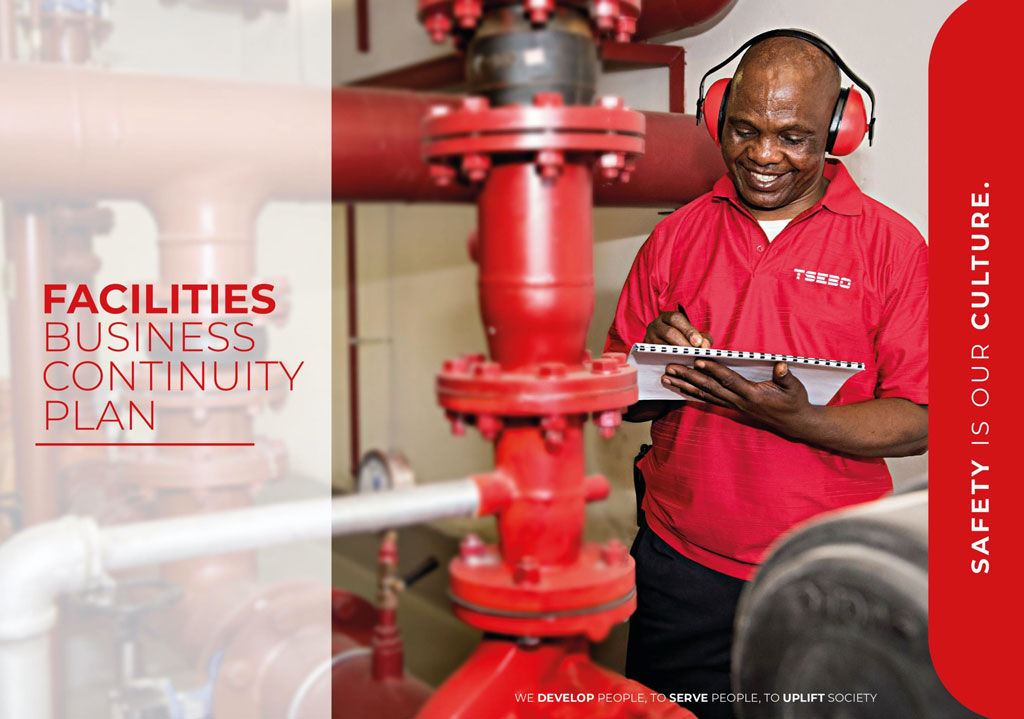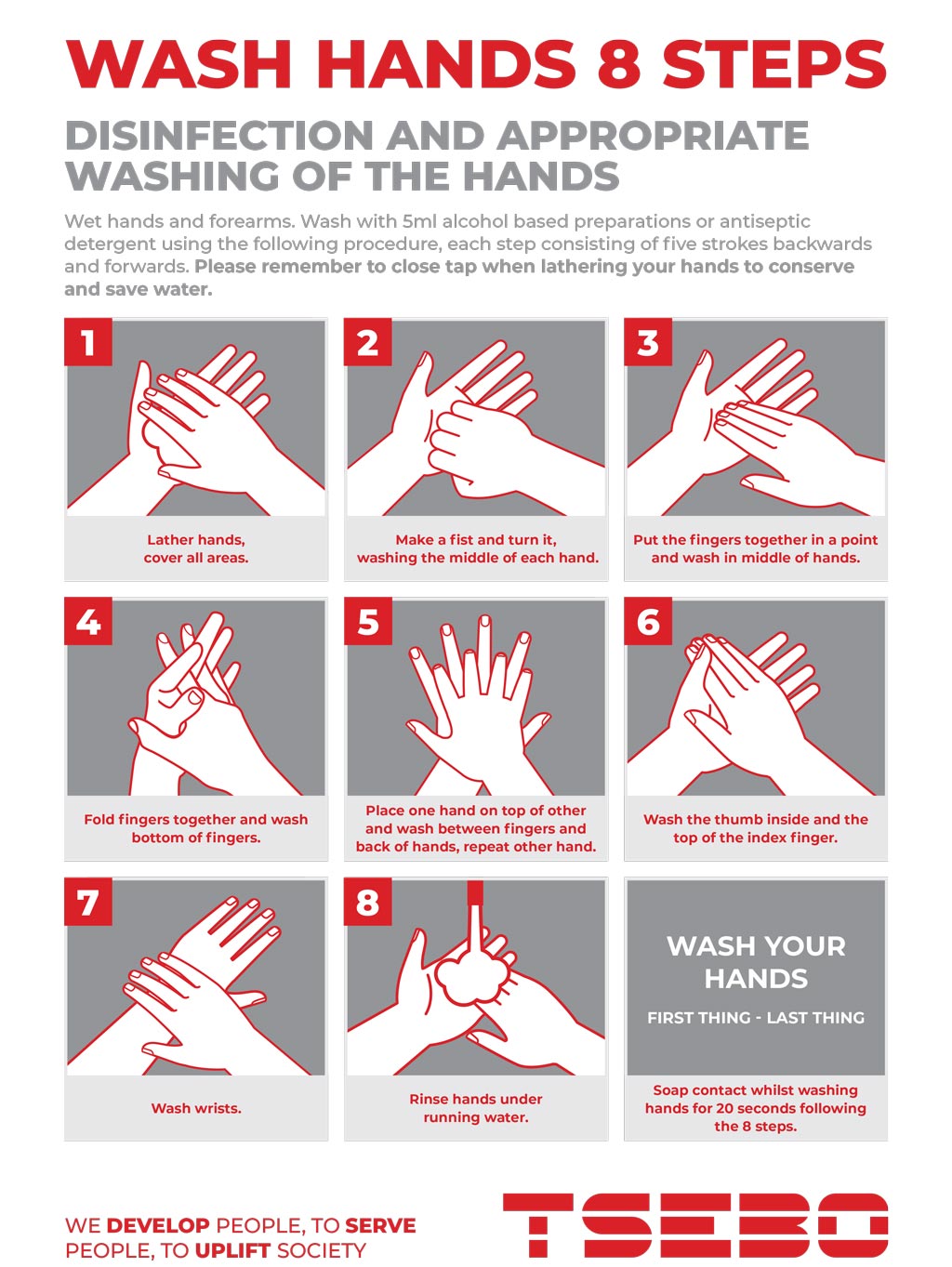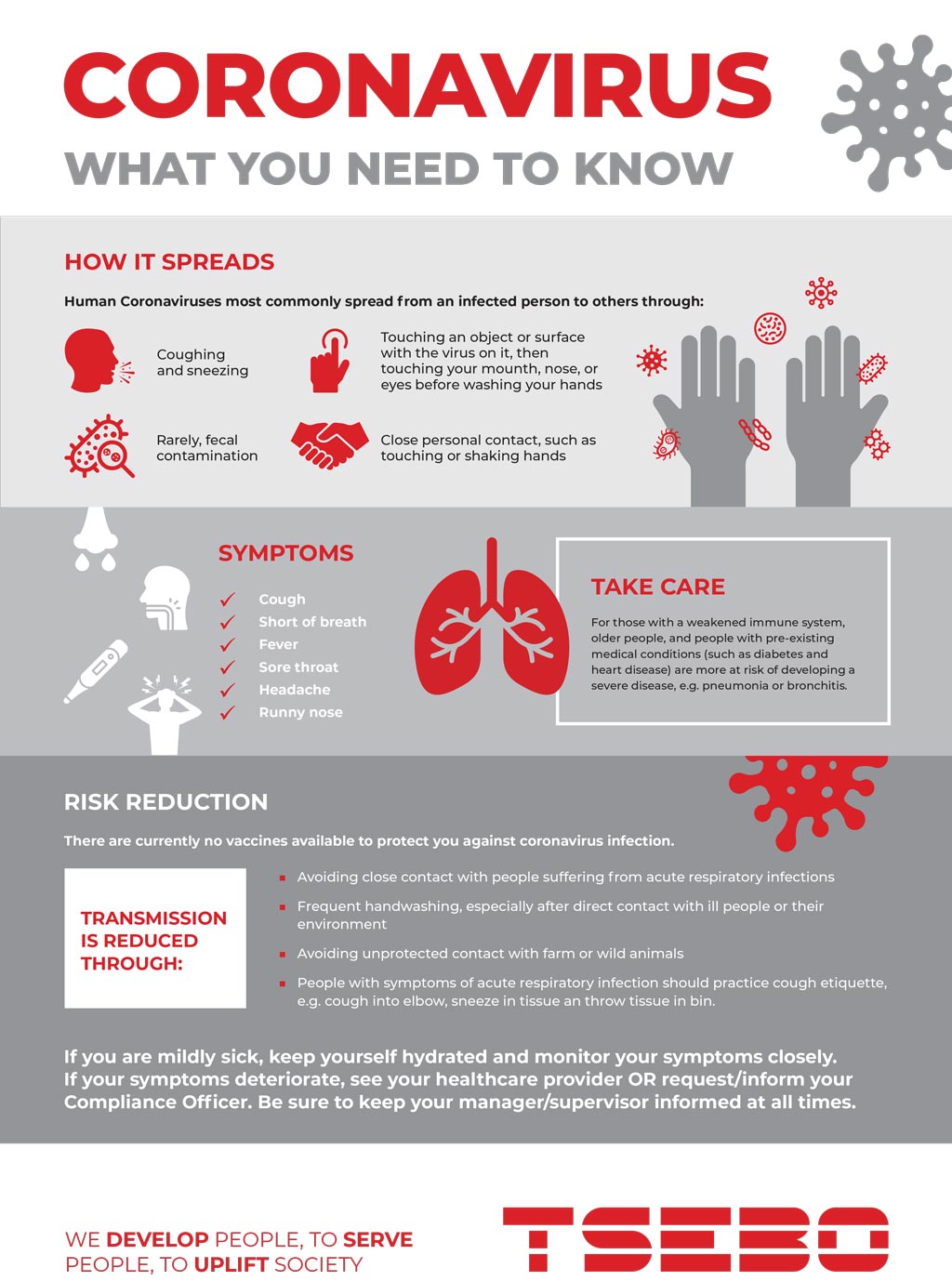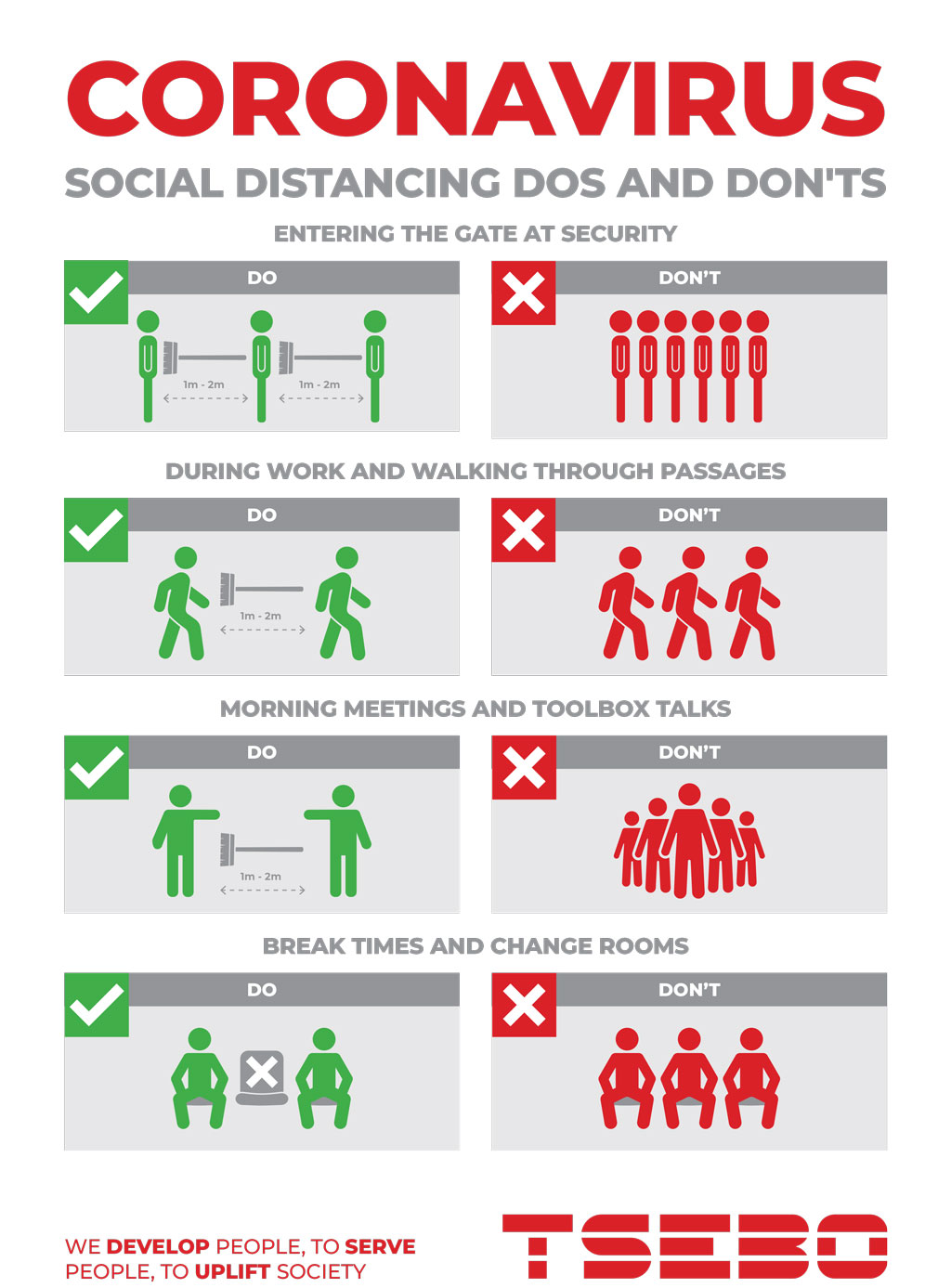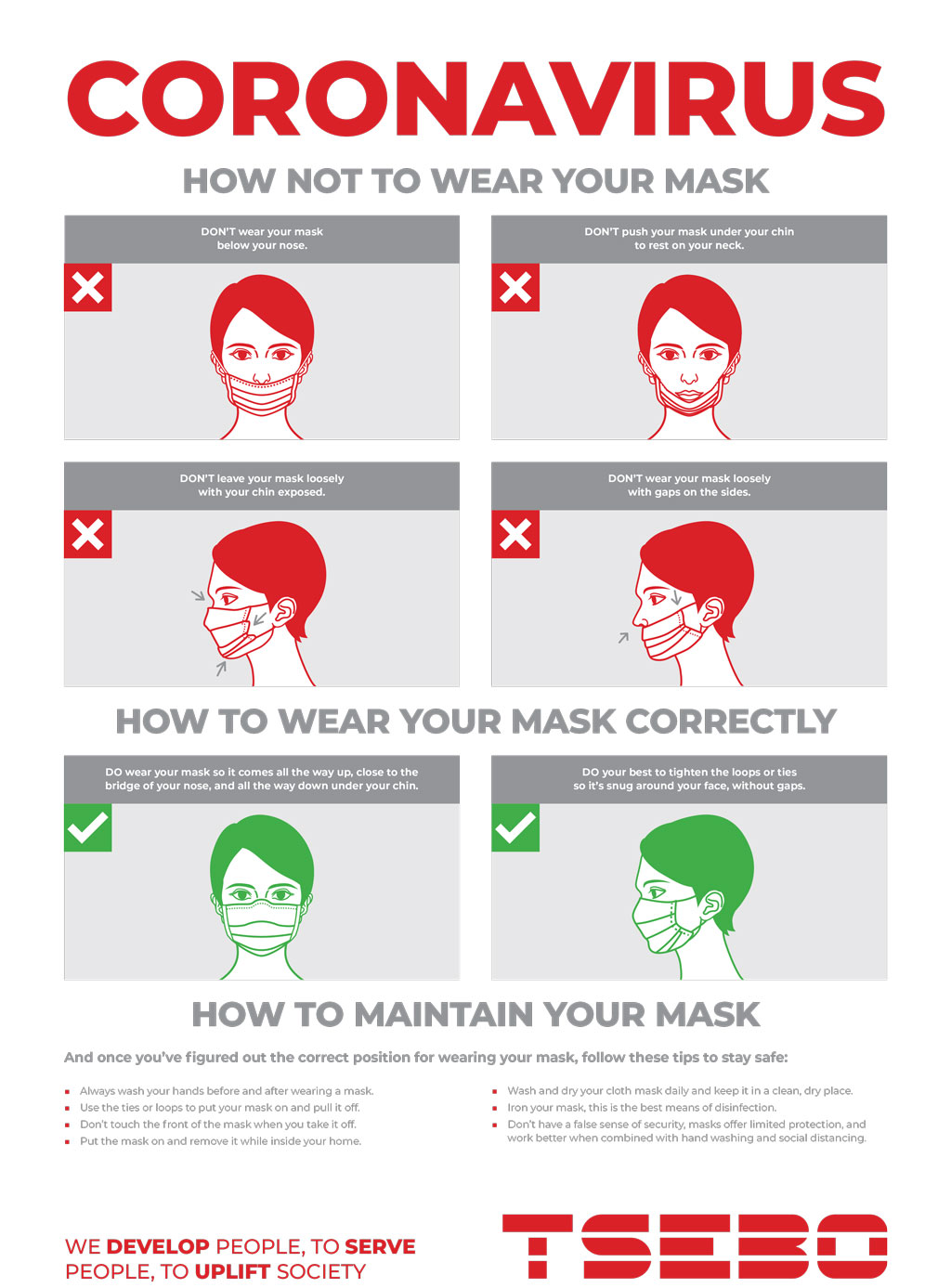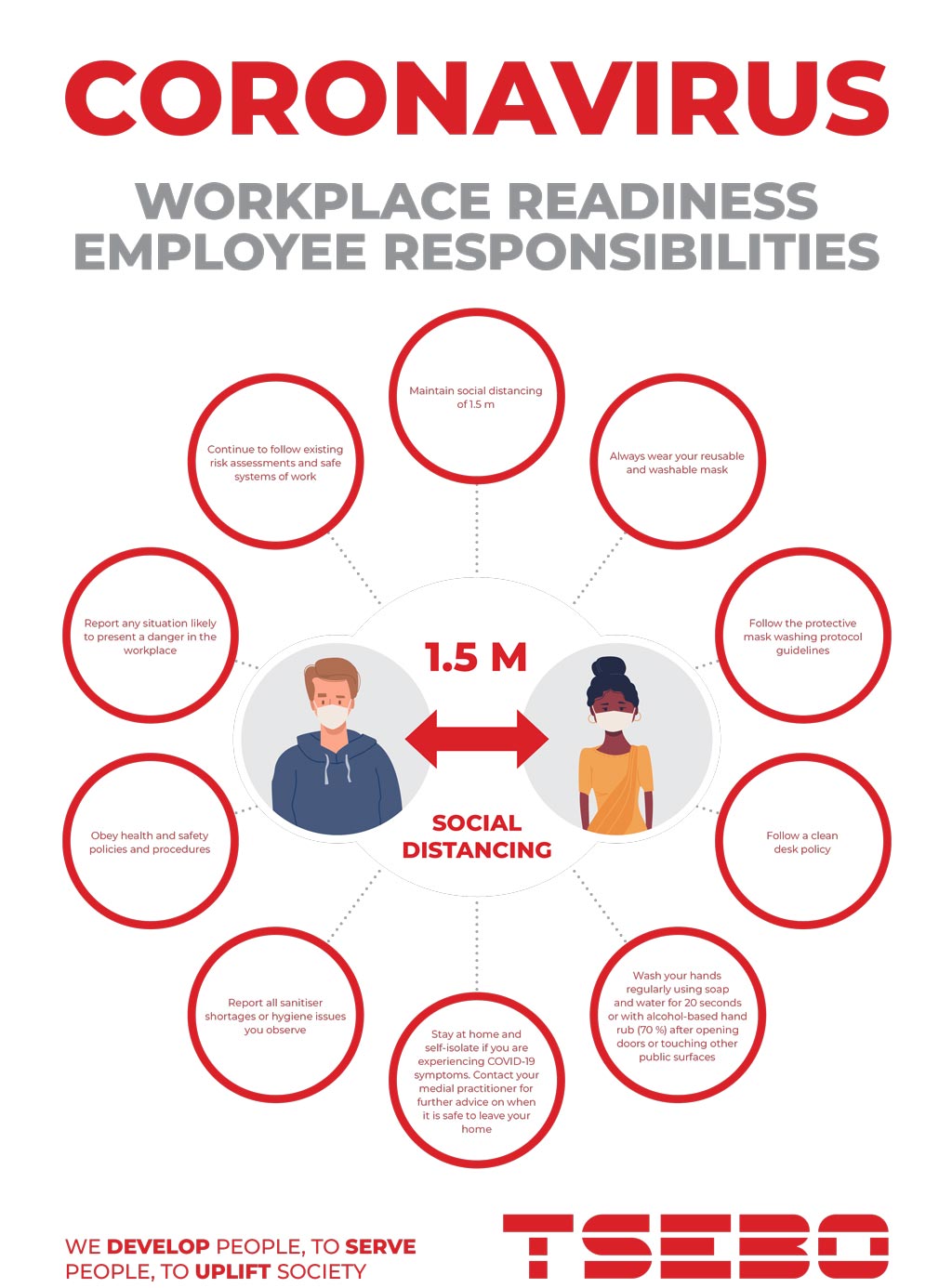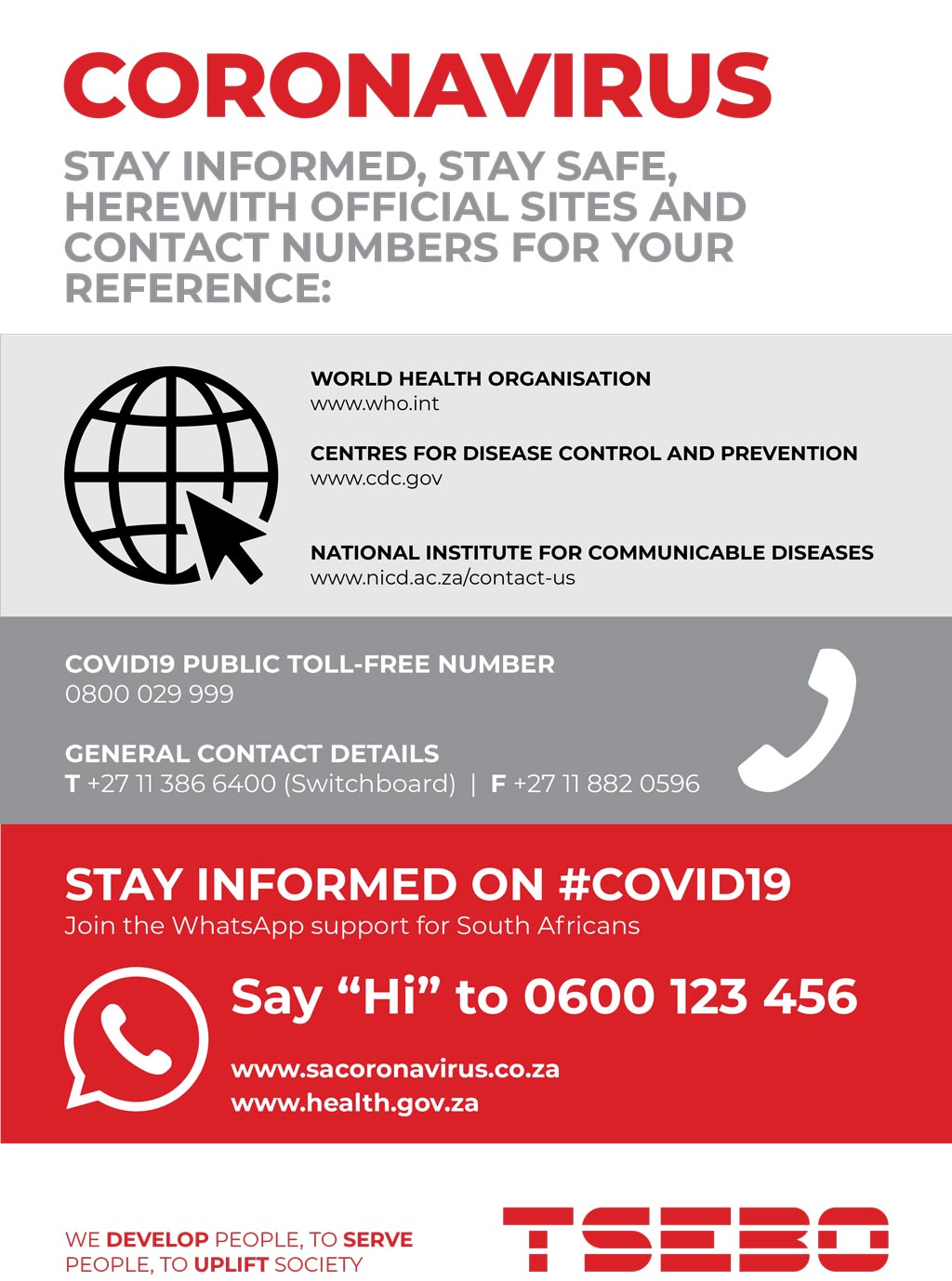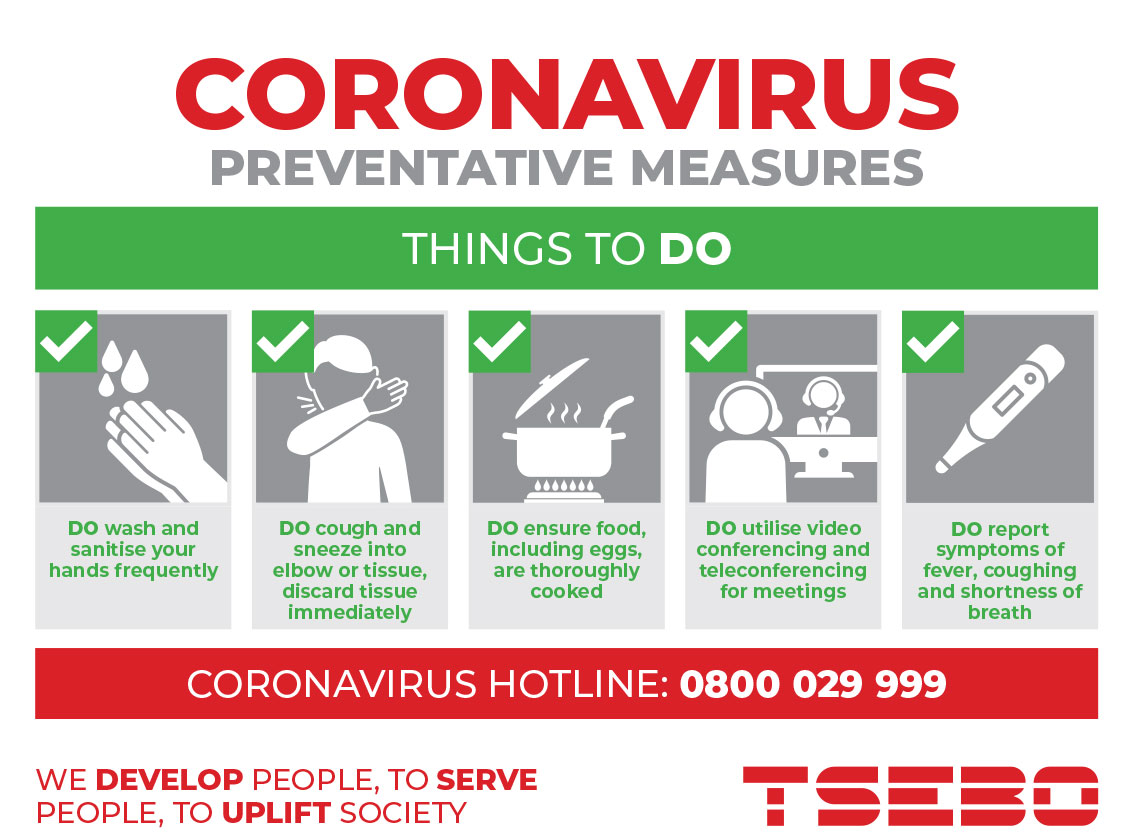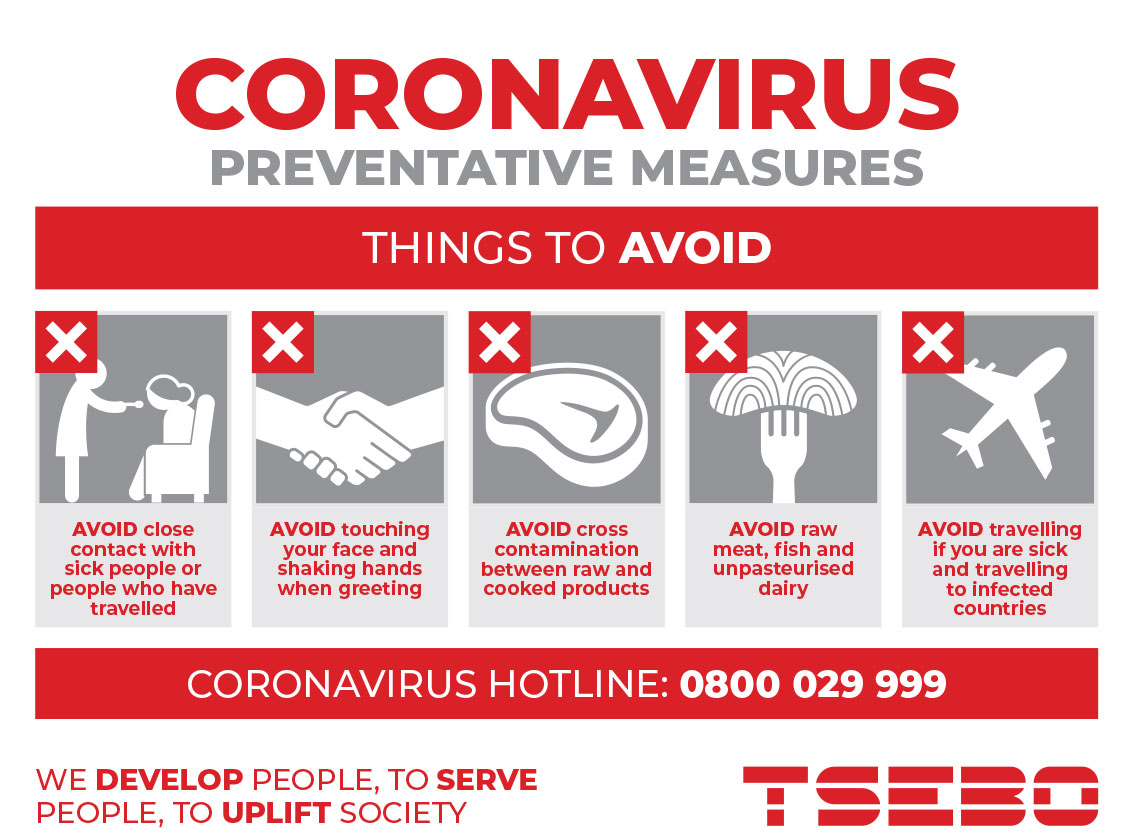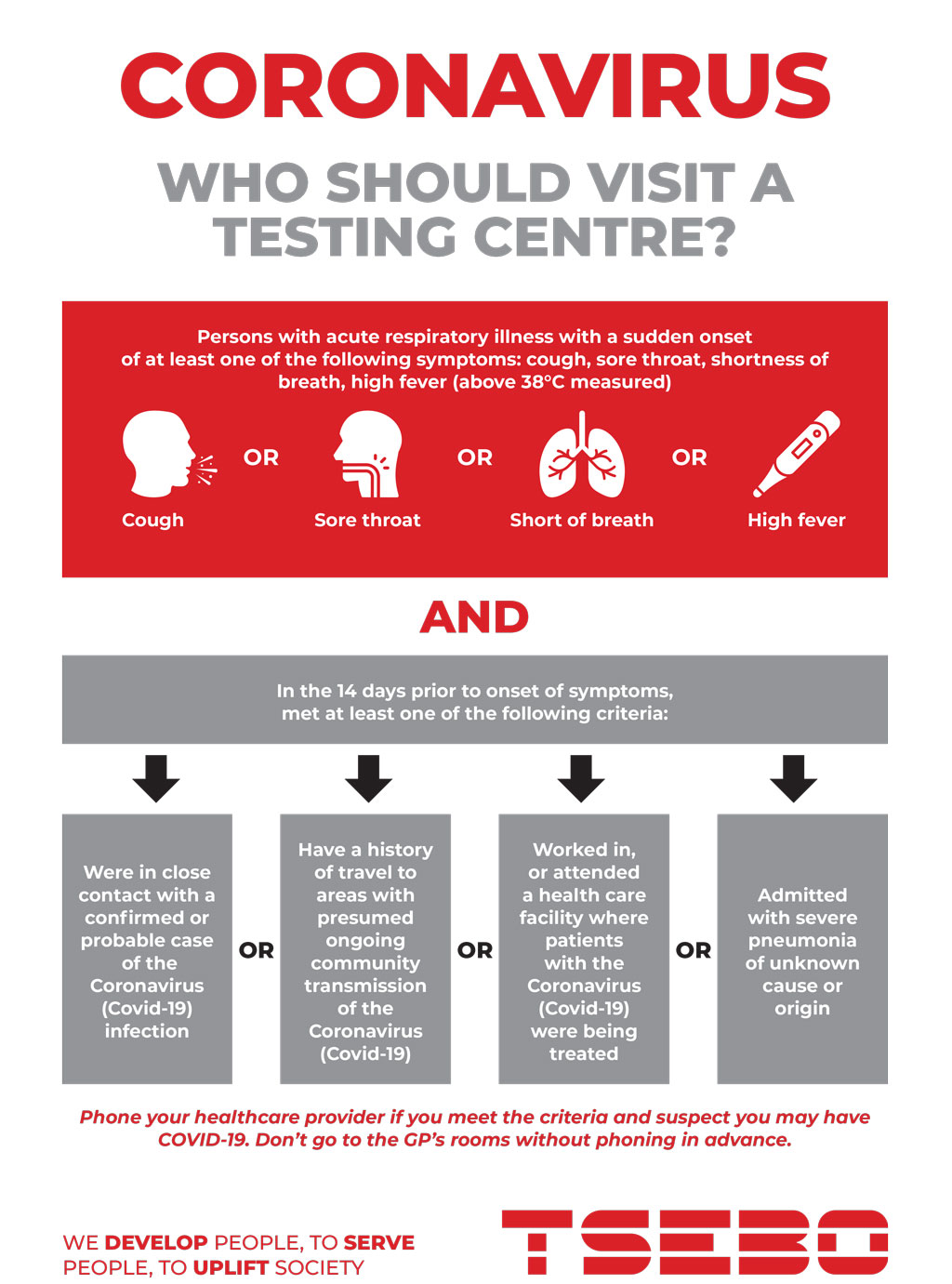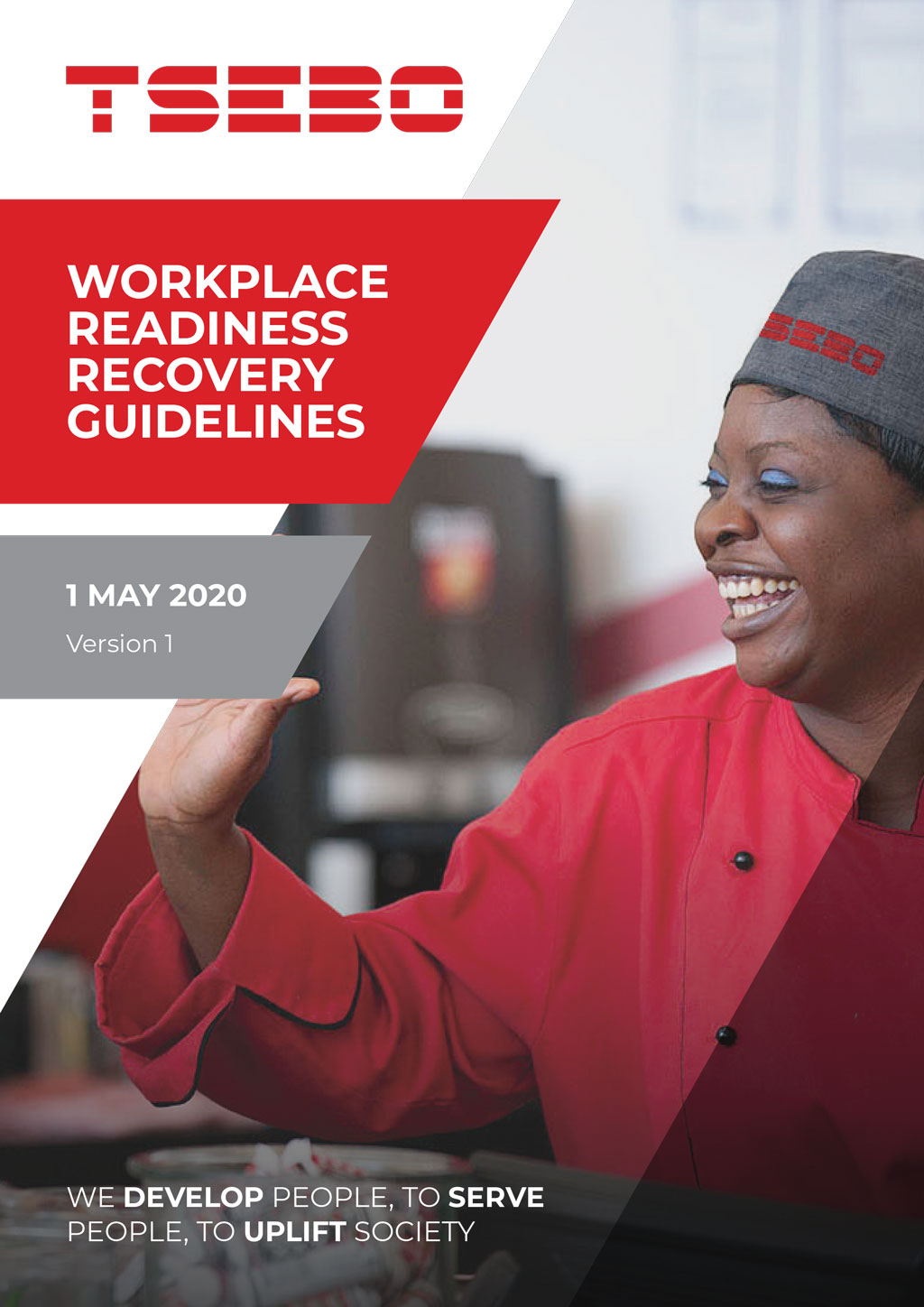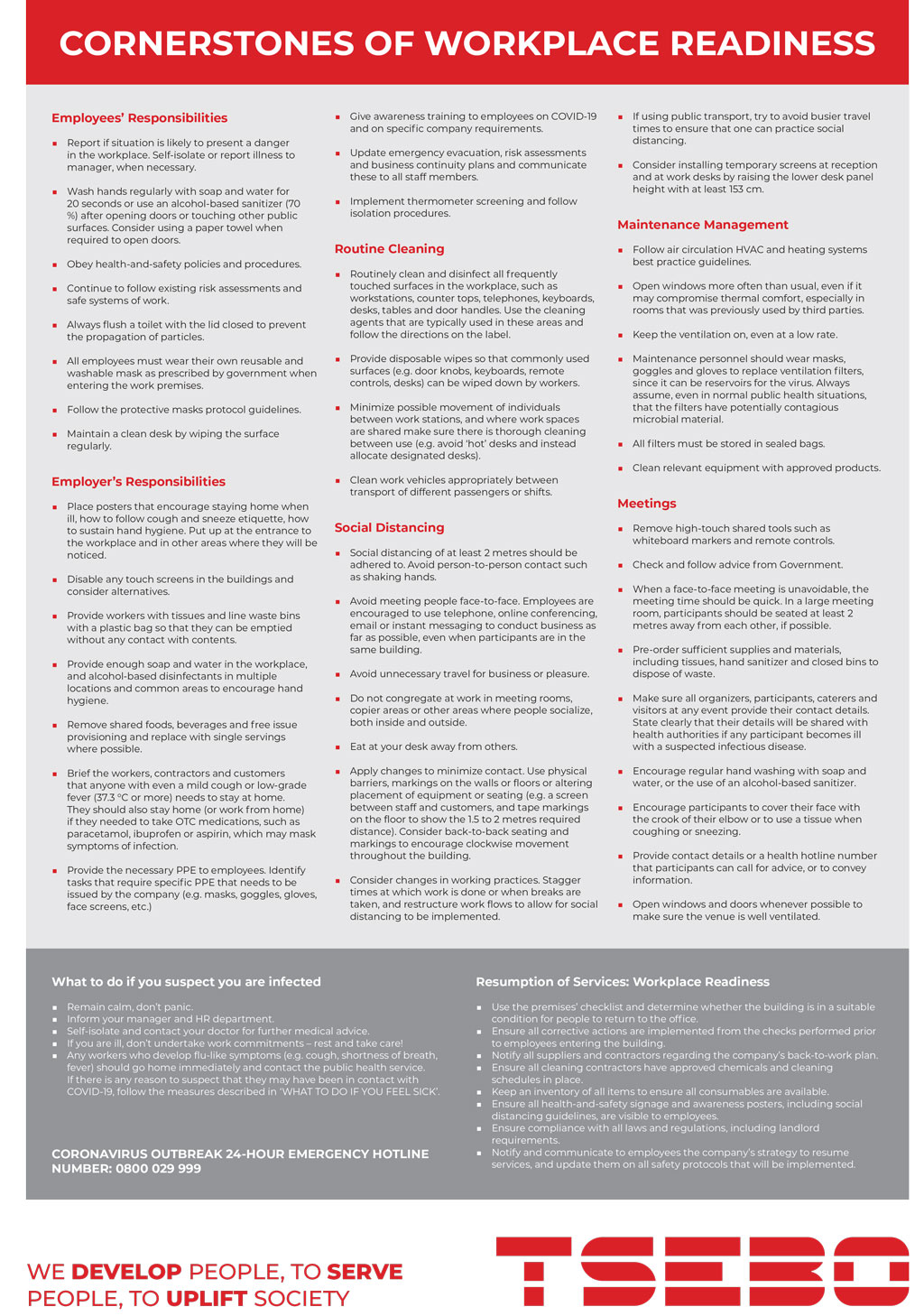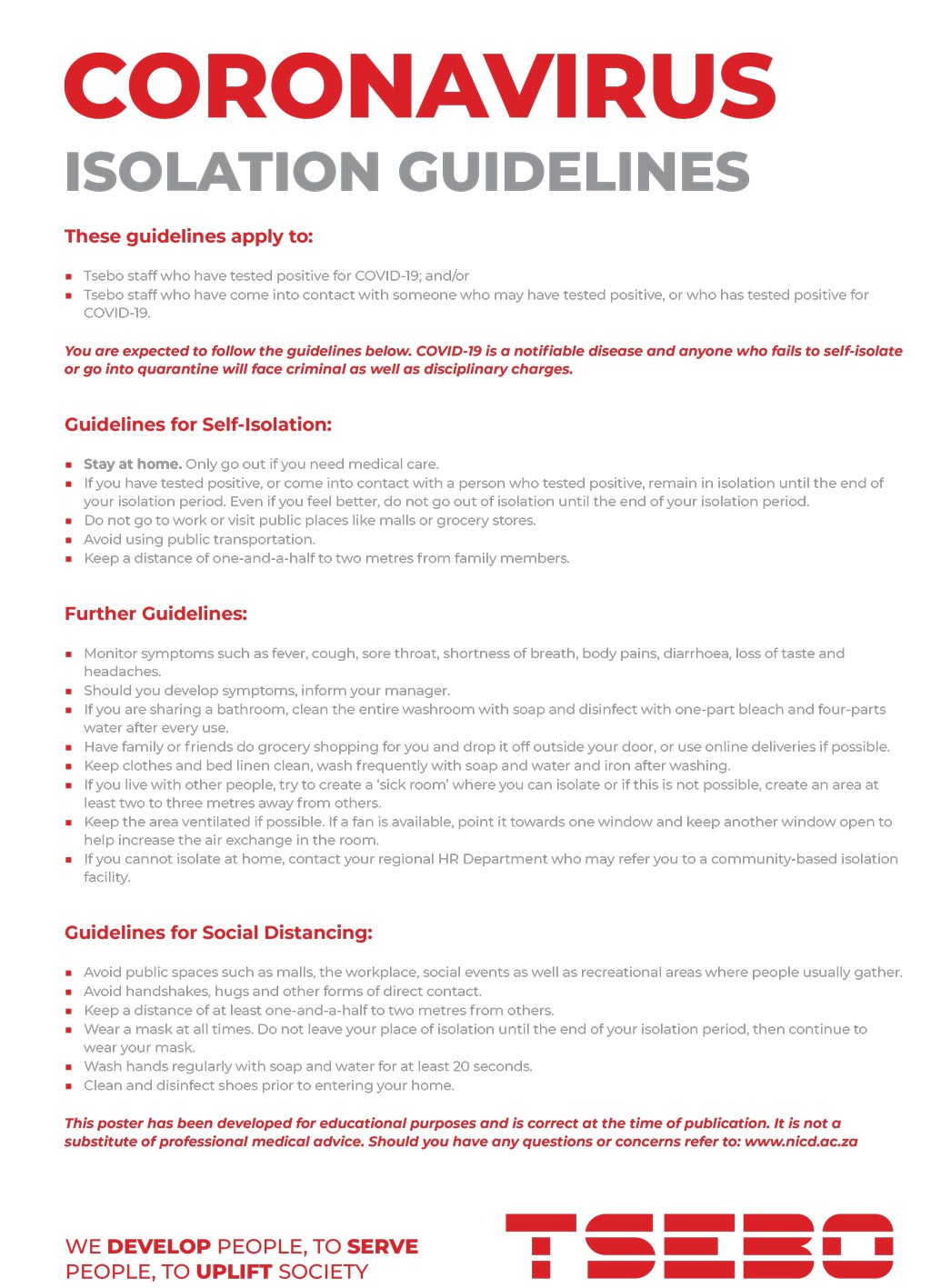 CHRO South Africa recently had an exclusive interview with Elanie Kruger, Group Chief Human Resources Officer of Tsebo Solutions Group, to find out more about dealing with a geographically dispersed workforce and keeping deskless employees engaged through innovation and technology.
CHRO South Africa recently had an exclusive interview with Elanie Kruger, Group Chief Human Resources Officer of Tsebo Solutions Group, to find out more about dealing with a geographically dispersed workforce and keeping deskless employees engaged through innovation and technology.
Don’t try to make too many changes all at once: rather make incremental changes, she says.
Q: Tsebo’s workforce is widely distributed geographically with the majority being deskless employees. How, within this context, have you harnessed innovation and technology from an HR perspective?
A: Tsebo is all about people. Our purpose statement confirms that, as we develop people, to serve people, to uplift society. We commenced with a digitisation strategy a few years back and identified the needs of our employees, clients and the business.
Covid-19 accelerated the need to prioritise our digitisation journey. It was clear that we needed to change the way we do things, and challenge ourselves to work more innovatively and more efficiently. We knew we couldn’t make these changes overnight, and steadily progressed on our journey. We mapped the end-to-end employee lifecycle and identified where the use of technology would enhance the employee and client experience across the group.
Q: What are some of the challenges you faced during this process?
A: People in general embrace new ideas, but are not that open to change itself. Change management is very important, and it takes time to convince people of the benefits of doing things differently and adopting the discipline that comes with making the changes successful.
I also realised that too many changes at once can be overwhelming for the business. As such, timing and user adoption are very important. But, there is always that one manager or team that embraces change and is willing to pilot a new system. That energy and enthusiasm has a way of propelling change where more people want to be part of the journey.
Q: What are some of the benefits you are most proud of?
A: Tsebo was certified as a Top Employer for 2023 and digitisation and the use of technology are key criteria for certification.
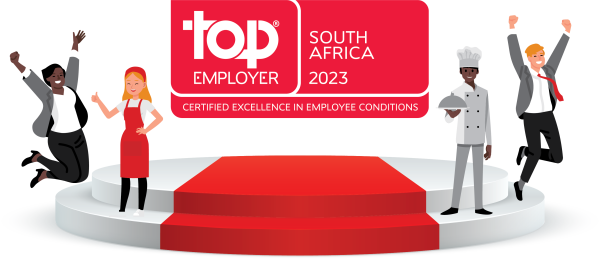
This accolade is directly related to the benefits which were:
- Our careers platform has grown substantially to over 500,000 candidates in less than five years.
- Our HRIS has been rolled out to all employees who can access leave, personal details and payslips via employee self-service (ESS). Employee time and attendance are fully integrated with our HRIS.
- We have achieved a 98 percent payroll accuracy with an additional payroll query functionality on the ESS Mobi-platform.
- We have a knowledge portal TseboNet.
- Our LMS (Learner Management System) is accessible to all employees with more than 50 percent utilisation and helps us bridge the digital divide by making training modules accessible offline.
- We had a 50 percent participation in our bi-annual employee experience survey that has been digitised and we use technology to conduct culture checks.
- We have created several dashboards assisting us to monitor trends, and empowers us to make more informed business decisions.
Q: What were some of the lessons learnt?
A: There were a few, including:
- Don’t try to make too many changes all at once: rather make incremental changes.
- Focus on the projects that will give you the biggest return. You need a success story and build from there.
- Success lies in proper planning prior to any execution.
- Get your change ambassadors to lead and pilot changes. Very soon, everyone wants to share in the success and adopt it.
- Position the changes as business enhancement tools, not HR tools.
- Be mindful of the technological literacy of employees, as it will be different across generations and levels.
*As per the article published on: CHRO South Africa



